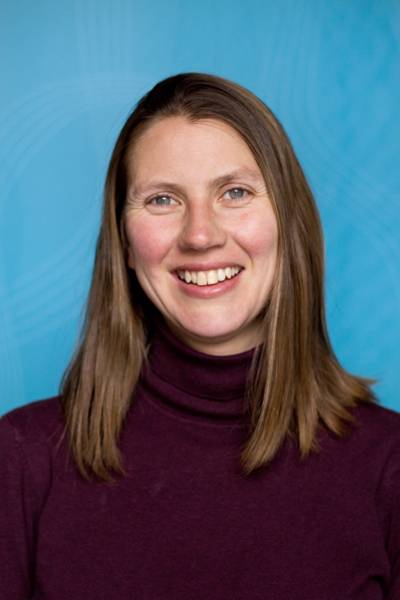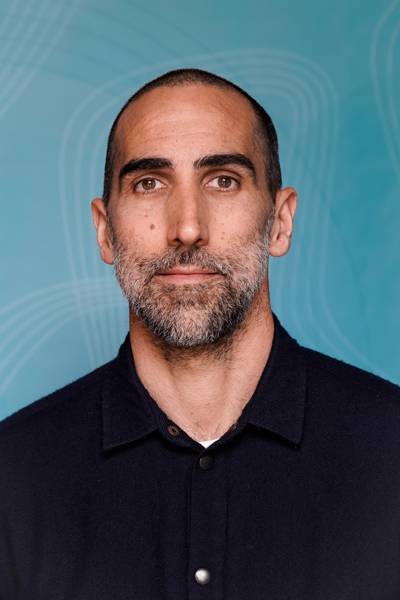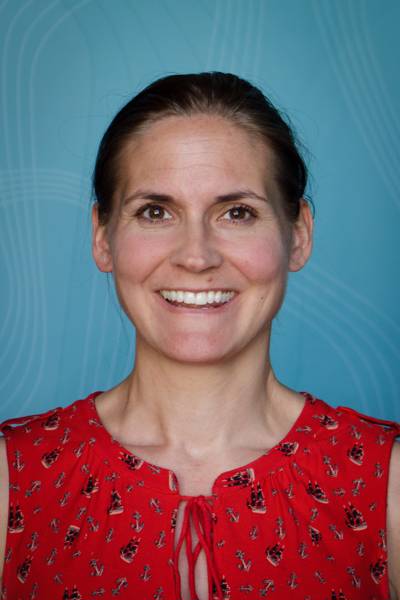Abstract
Motivation
Despite an increased focus on inclusive development, we know little about the extent to which development aid reaches politically excluded groups or how this varies across different donors.
Purpose
Addressing this knowledge gap, we develop and test a framework arguing that (1) areas where politically excluded groups live are less likely to receive development aid, and (2) there are differences between donor countries and organizations in how they instrumentally address inclusive development.
Methods and approach
Using a geographically disaggregated panel dataset of aid projects covering sub-Saharan African countries from 1996 to 2013, we combine sub-national data on the location of aid by donor and type, and data on politically excluded ethnic groups.
Findings
For World Bank aid projects, we do not find evidence that areas with excluded groups are generally prioritized. However, when disaggregating by sector, we find that aid projects related to health and water access are significantly more likely to be allocated to areas with excluded groups. Furthermore, we see little indication that Chinese aid is targeted towards areas of political exclusion. Conversely, aid allocations made by donor countries whose development strategies emphasize inclusive and needs-based approaches are more likely to be established in areas with politically excluded groups.
Policy implications
We argue that these results indicate diverse underlying political motivations behind the provision of development aid by various donors. These motivations become evident when examining aid allocation by sector and type of donor.










